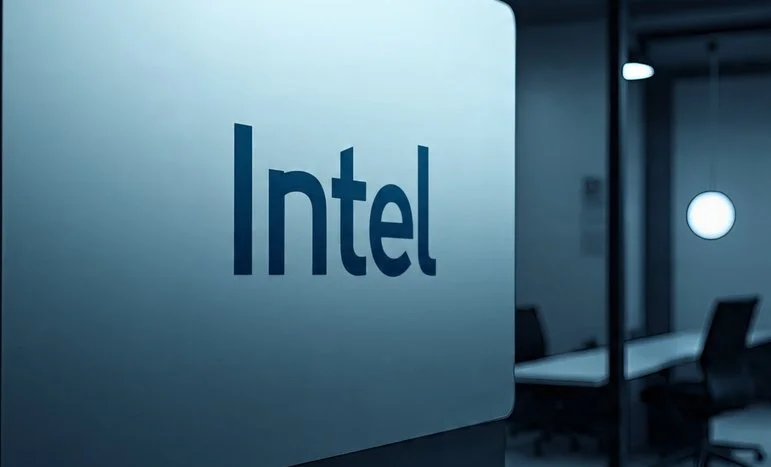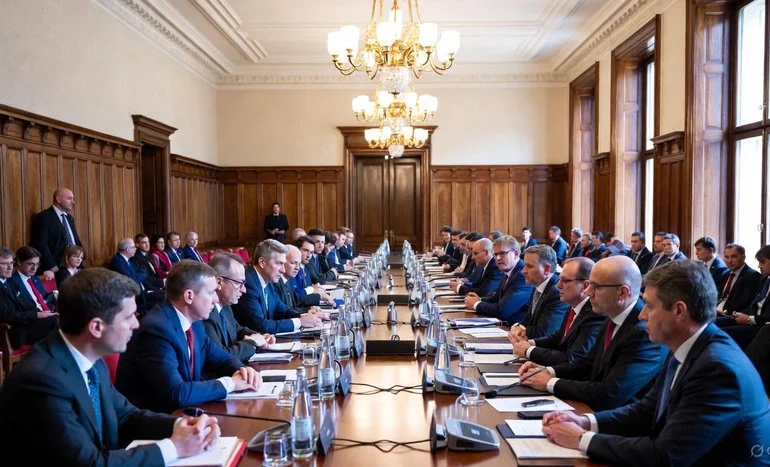
Global Equity Flows Rise Amid Trade Policy Risks and Fractious Globalization
Introduction
Global equity inflows have surged recently, driven by easing geopolitical frictions and a renewed appetite for investment in growth markets. Yet, the outlook remains cautious, as upcoming trade negotiations in Malaysia signal potential headwinds. Rising tariffs on products such as cars, toys, and consumer goods threaten to erode corporate profit margins, contributing to a stock market often described as a “rollercoaster” by analysts.
CEOs now rank trade policy uncertainty as the top threat to global growth, prompting accelerated supply chain rewiring toward what experts call fractious globalization—a model balancing efficiency with resilience in an increasingly unpredictable world.
Global Equity Inflows: Causes and Trends
Investor confidence has improved following recent diplomatic engagements, easing tariffs in key sectors, and central bank stability measures. Emerging markets, particularly in Asia, have benefitted from capital inflows seeking higher yields and diversification.
- Technology and manufacturing sectors have been major recipients of funds.
- Institutional investors are reallocating portfolios to balance risk amid macroeconomic uncertainty.
- Retail investor engagement is rising in secondary markets, particularly in ETFs tracking global equities.
Tariff Pressures and Corporate Impact
Despite inflows, tariff threats loom large. Upcoming negotiations in Malaysia may lead to higher levies on vehicles, toys, and electronics, increasing input costs for multinational corporations.
The implications include:
- Profit margin compression, especially for consumer-facing companies.
- Delayed production and shipping schedules as companies adjust to tariff-induced cost changes.
- Strategic reconsideration of market exposure to mitigate tariff impacts.
CEOs have increasingly cited these factors as primary concerns for business expansion and long-term planning, emphasizing the need for proactive supply chain adaptation.
Fractious Globalization and Supply Chain Rewiring
In response to trade volatility, companies are accelerating supply chain diversification. Fractious globalization emphasizes:
- Geographical distribution of production to reduce dependency on a single country or trade bloc.
- Regional sourcing hubs to limit exposure to localized disruptions.
- Integration of digital tracking and predictive analytics for inventory and logistics optimization.
Analysts highlight that while this approach enhances resilience, it comes with higher operational costs and complex compliance obligations, creating short-term market pressure despite long-term strategic benefits.
Stock Market Volatility
The interplay of inflows and policy risk has contributed to significant market swings. Analysts characterize the trend as a rollercoaster, where investor optimism around capital mobility is counterbalanced by fear of tariff-induced earnings hits.
Market behaviors observed include:
- Sharp intra-day fluctuations in consumer goods and industrial stocks.
- Rotation of capital toward sectors less exposed to tariffs, such as tech and renewable energy.
- Heightened volatility in currencies and commodities tied to trade flows.
Investors are increasingly seeking hedging strategies, including derivatives, to manage risk exposure amid these uncertainties.
CEO Perspectives and Strategic Adjustments
Corporate leaders consistently rank trade policy uncertainty as the primary growth threat. In response, strategic priorities include:
- Reconfiguring supply chains to balance cost efficiency with geopolitical risk.
- Negotiating multi-country sourcing agreements to avoid single-point failures.
- Leveraging technology for predictive modeling of tariff impact and operational risk.
These moves reflect a recognition that globalization is no longer uniform or frictionless; instead, businesses must navigate a fragmented and reactive international landscape.
While global equity inflows indicate investor optimism, tariff threats, trade negotiations, and fractious globalization create ongoing volatility. Companies must adapt quickly, rethinking supply chains and hedging strategies to preserve margins and maintain growth.
As markets continue their rollercoaster trajectory, the balance between capital movement and policy risk will define investment outcomes in the months ahead.
We appreciate that not everyone can afford to pay for Views right now. That’s why we choose to keep our journalism open for everyone. If this is you, please continue to read for free.
But if you can, can we count on your support at this perilous time? Here are three good reasons to make the choice to fund us today.
1. Our quality, investigative journalism is a scrutinising force.
2. We are independent and have no billionaire owner controlling what we do, so your money directly powers our reporting.
3. It doesn’t cost much, and takes less time than it took to read this message.
Choose to support open, independent journalism on a monthly basis. Thank you.














